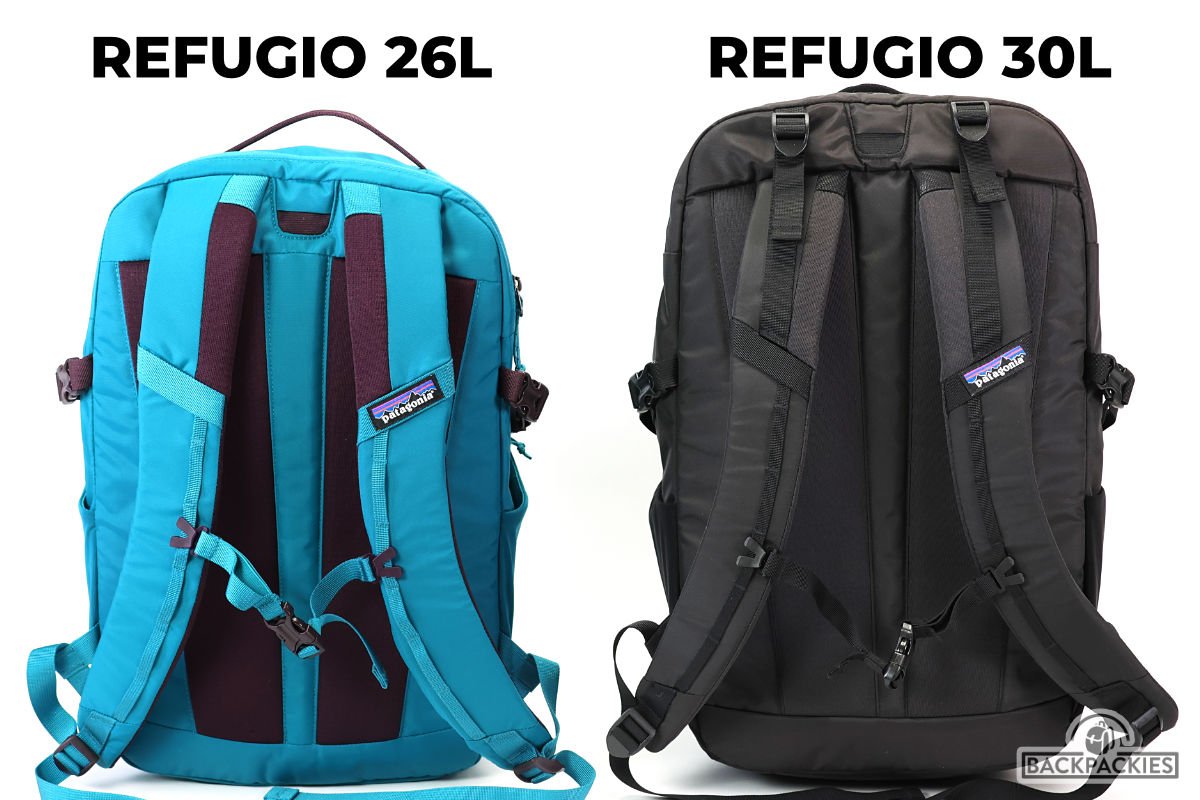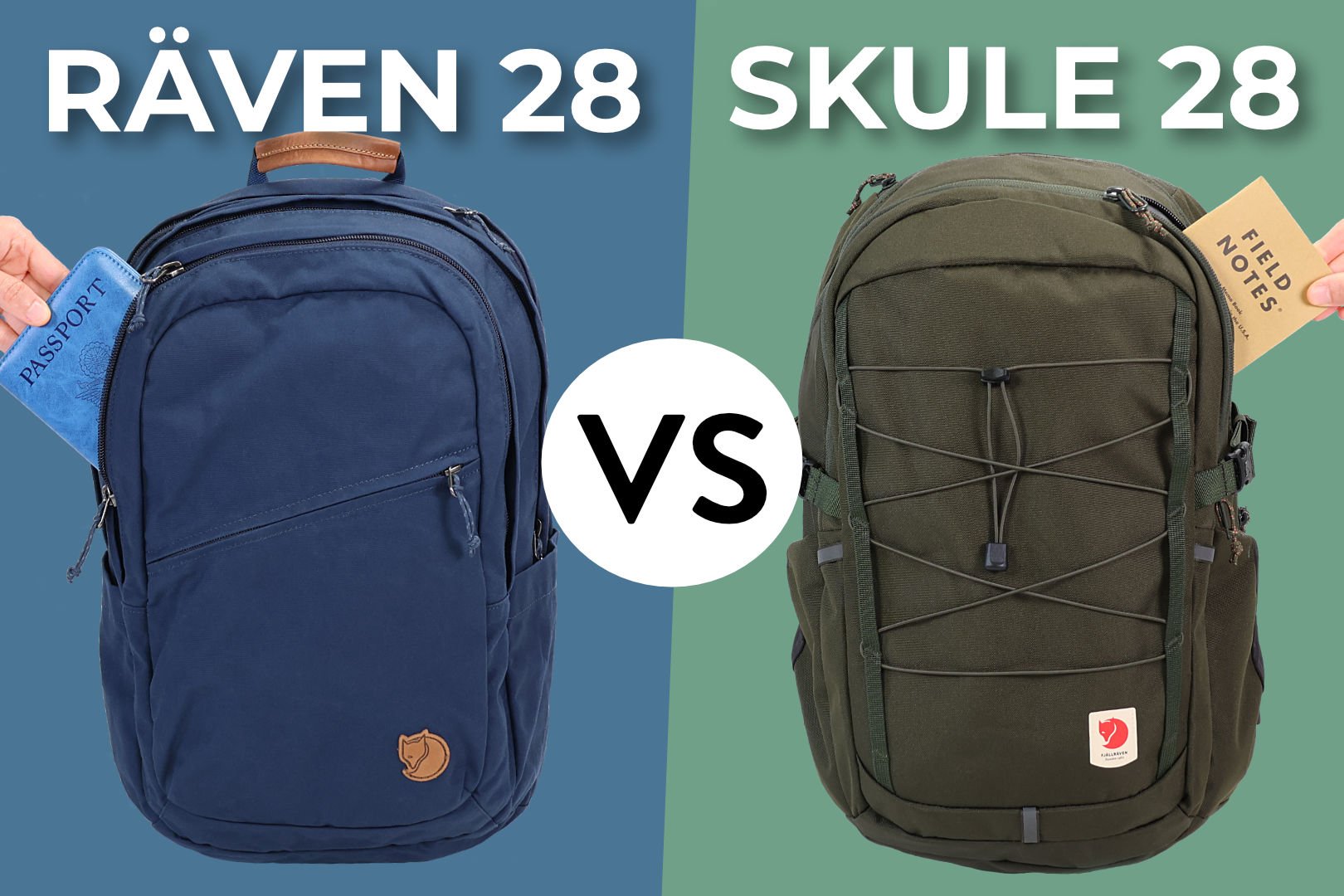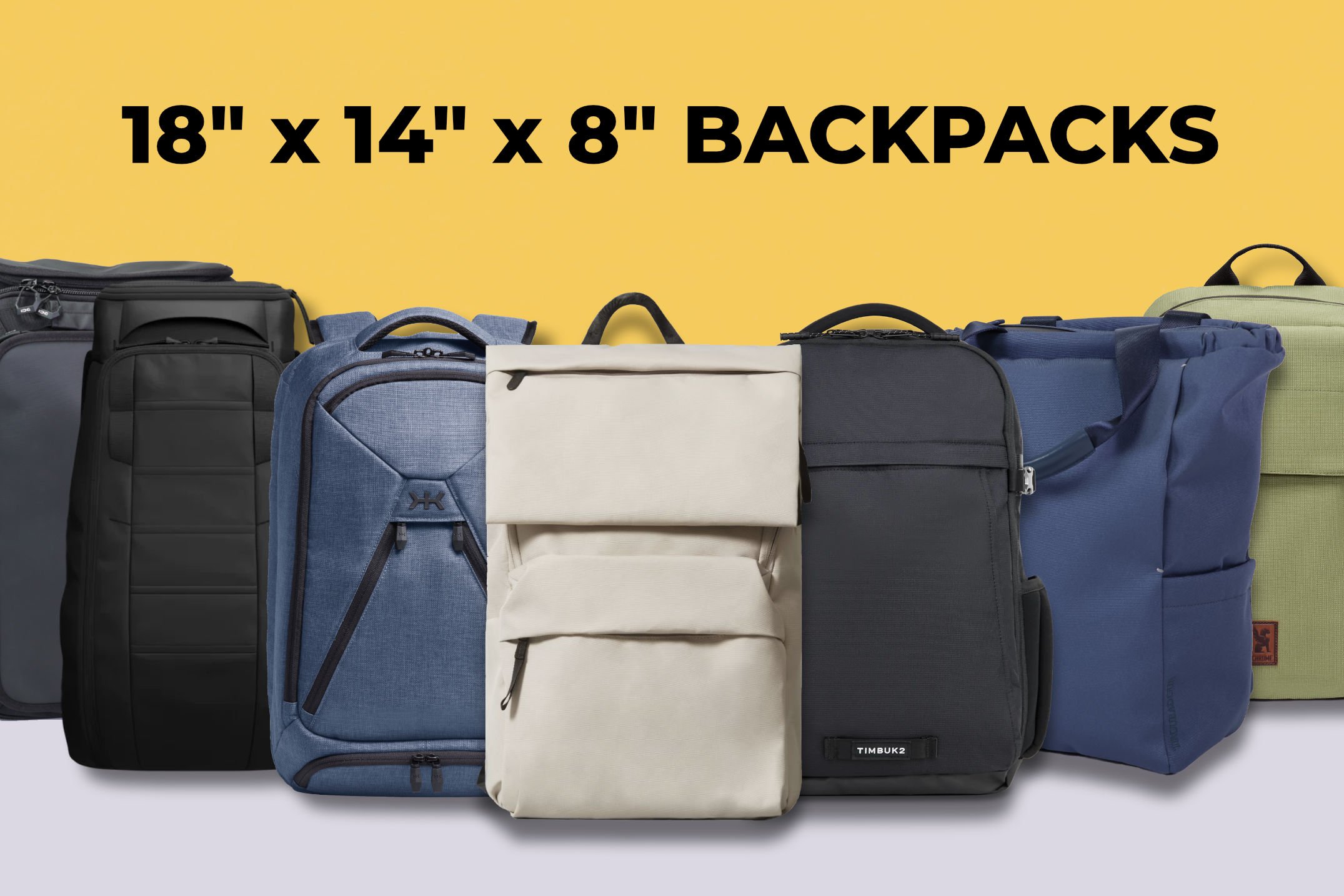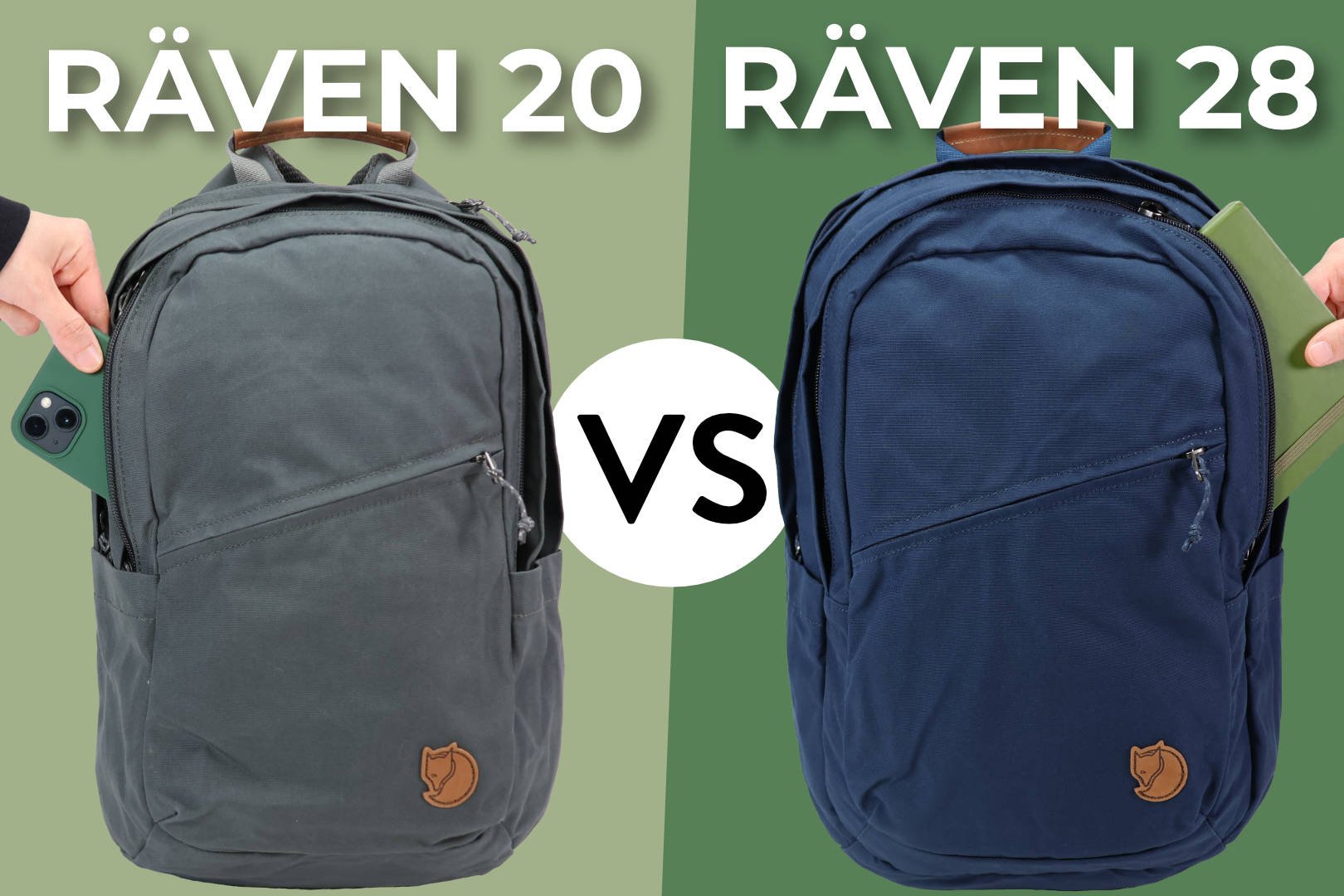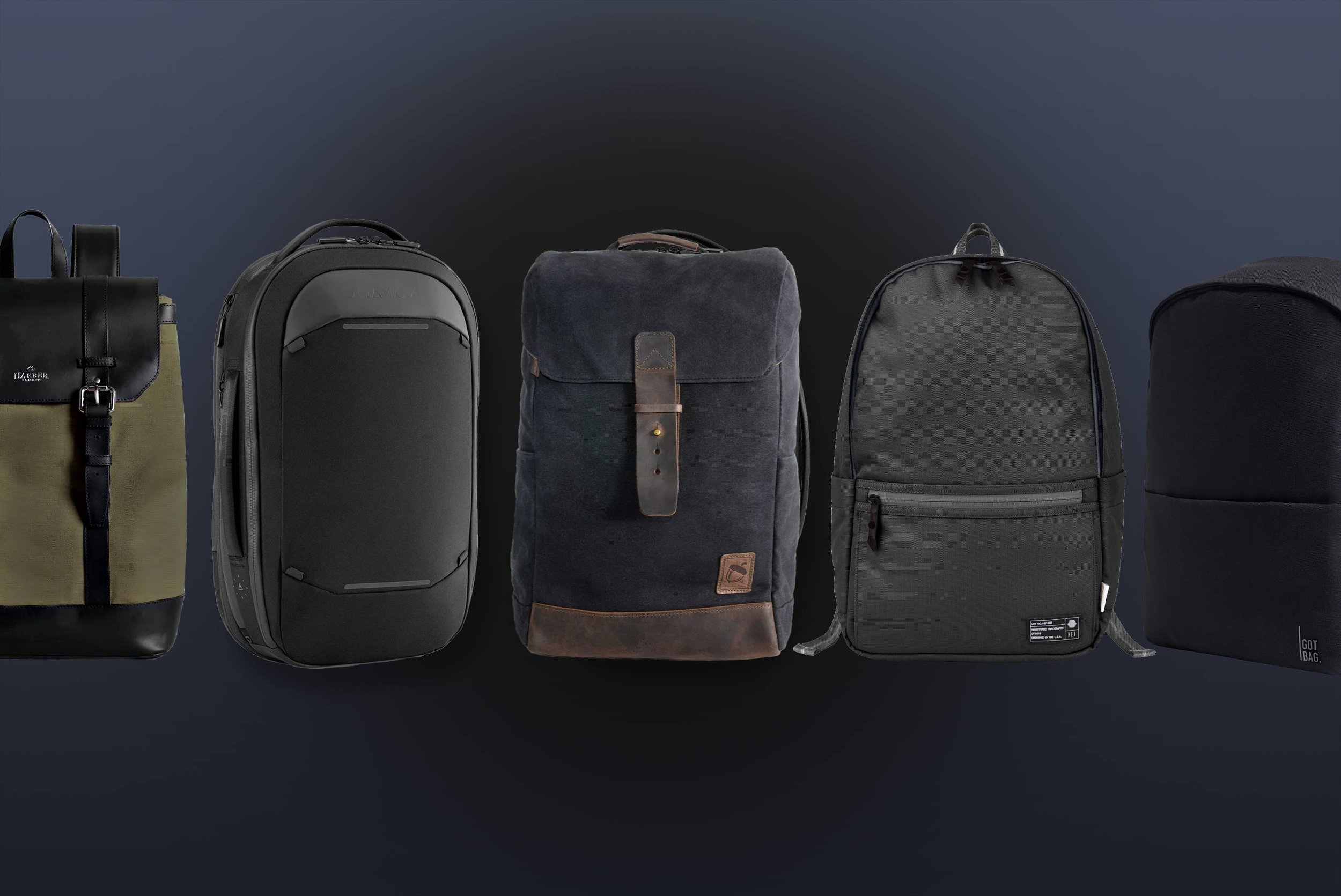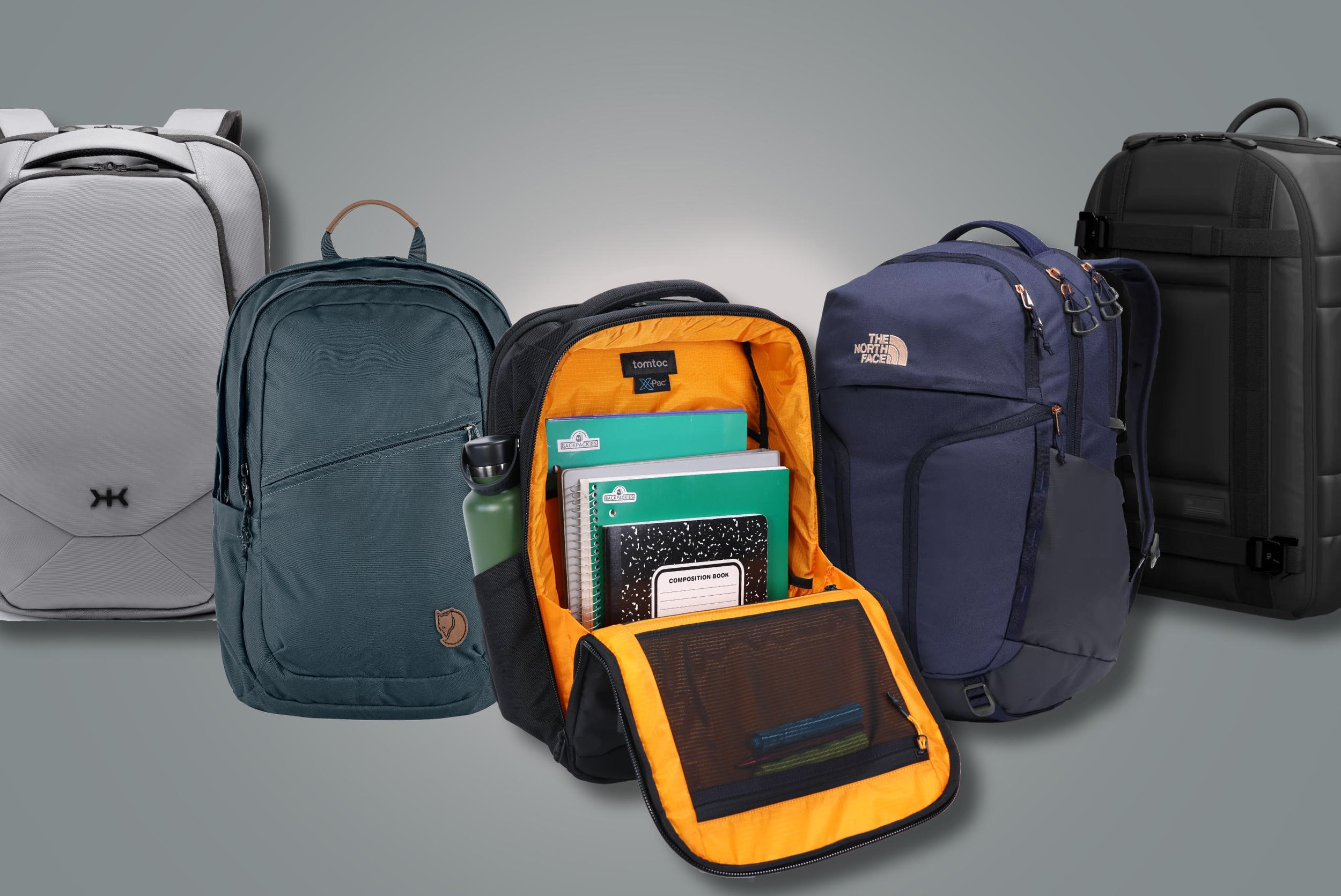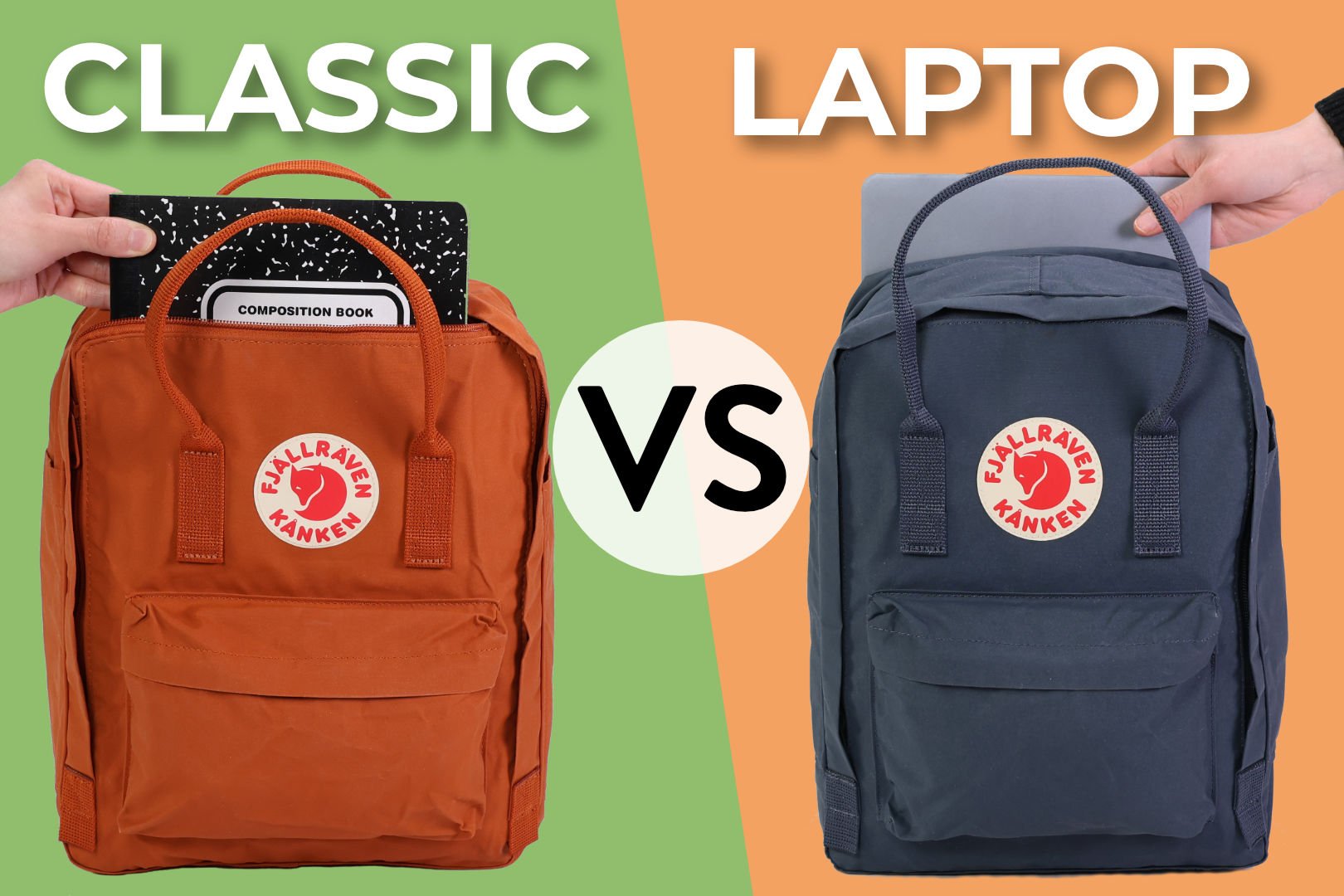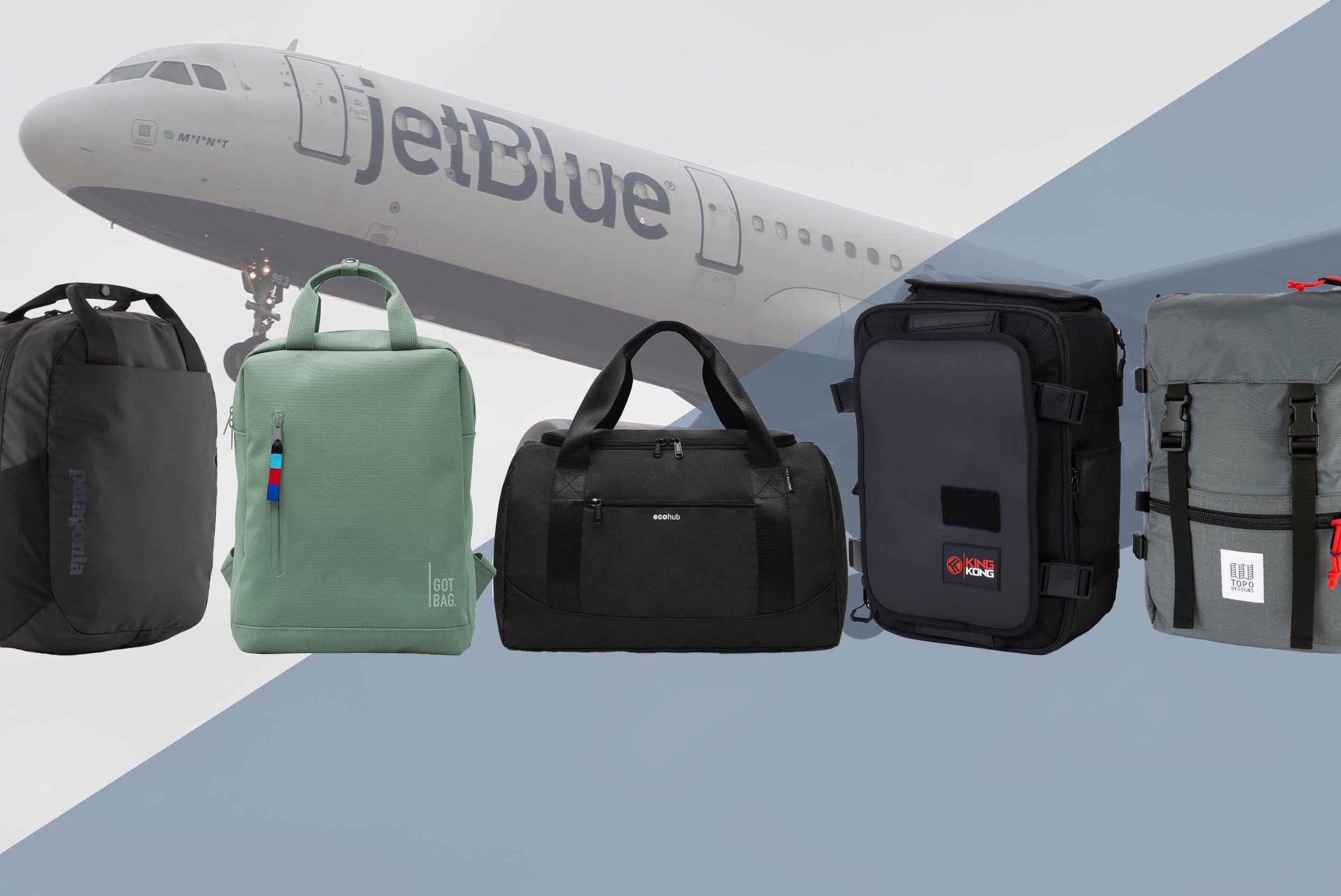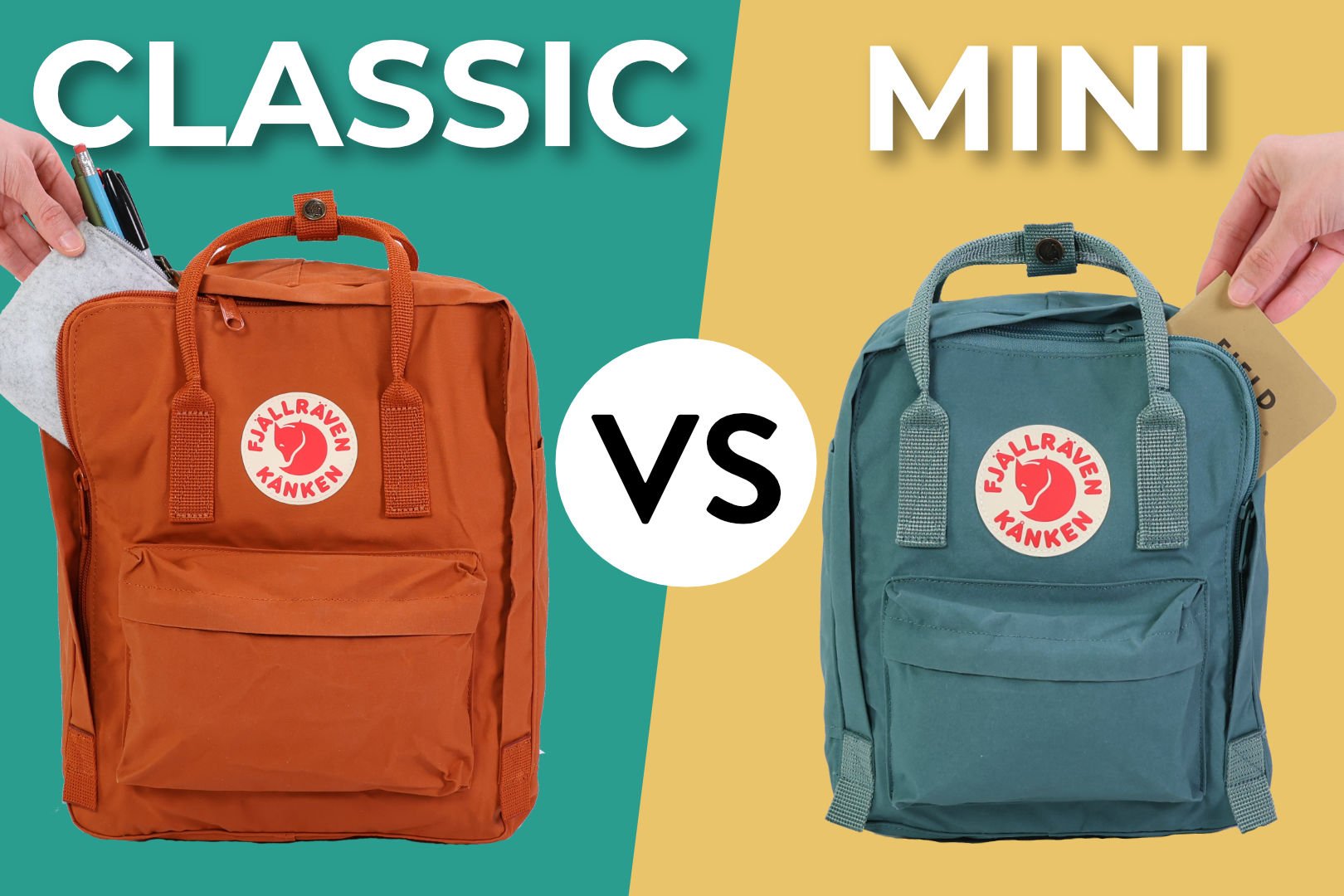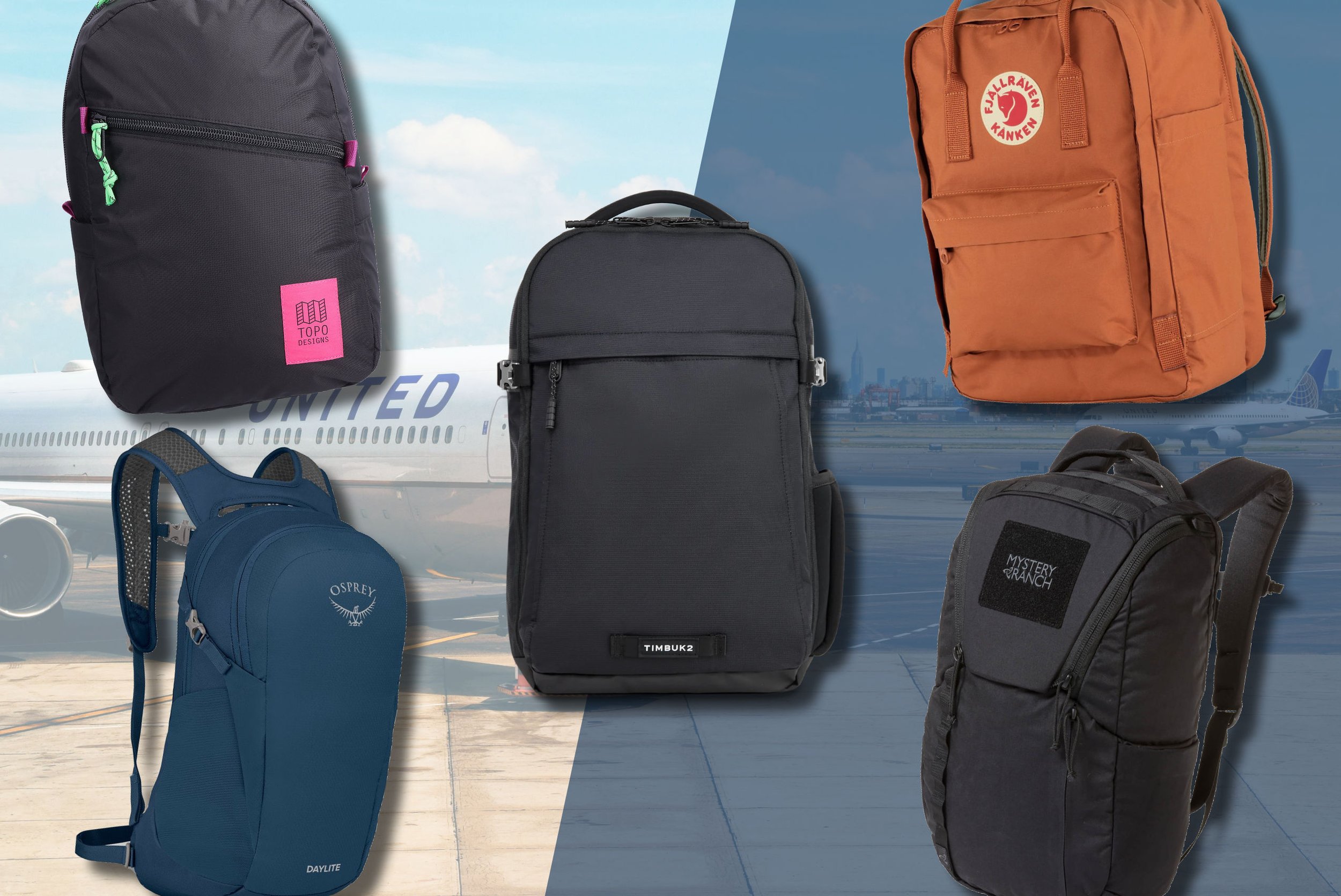Patagonia Refugio 26L vs 30L Backpacks - Which is Better?
Choosing the right backpack isn’t always easy, but after testing both these backpacks we believe that deciding between the Patagonia Refugio 26L and 30L backpacks is as easy as it gets.
While it might seem like a simple choice between a smaller and a larger bag, the small details make all the difference in choosing a clear winner. To be completely honest, some of Patagonia’s design choices have left us scratching our heads. Don’t worry, we’ll explain it all in this comparison review by pointing out the 6 major differences.
Video Review
Quick Specs
 |
 |
|
|---|---|---|
| Volume | 26L | 30L |
| Materials | 400D Recycled Polyester with DWR coating | 400D Recycled Polyester with DWR coating |
| Dimensions | 18” (H) x 12” (W) x 6.5” (D) | 19” (H) x 12” (W) x 6.5” (D) |
| Weight | 1 lbs 9.9 oz | 1 lbs 12 oz |
| Laptop Storage | 15" Removable | 15" Removable |
| Chest Strap | Yes | Yes |
| Hip Belt | No | No |
| Price |
1. The Refugio 30L is Longer
How each backpack fits - Patagonia Refugio 26L vs 30L
The first noticeable difference between the Refugio 26L and the Refugio 30L is their size and fit. Both backpacks have about the same depth, meaning they will stick out the same when worn. However, the big size difference lies in their height, with the Refugio 30L measuring about an inch taller than the 26L.
Refugio 26L vs 30L - Longer padded back panel on Refugio 30L
This size difference is reflected in the dimensions of the back panels, with the 26L measuring 13.5 inches and the 30L at 15 inches. These measurements refer to the padded part that rests against your back when worn. For people with a shorter torso or smaller build, the Refugio 26L will be the better option due to its more compact size.
2. The Refugio 26L is Missing Load Lifters
Load lifters on Patagonia Refugio 30L
Another big difference is the absence of load lifters on the Refugio 26L. The load lifters found on the Refugio 30L allow you to adjust the top straps, bringing the backpack closer to your body for a more comfortable fit, especially when the pack gets heavy. Despite this missing feature, both backpacks include an adjustable sternum strap with small daisy chain loops and additional loops on top of the straps for attachments like sunglasses.
3. The Refugio 26L is missing pockets
When it comes to pockets, Patagonia has made some interesting choices (not in a good way).
The one feature both Refugio daypacks have in common is the large, stretchy side pockets. These pockets can fit large bottles like a 40 oz Hydro Flask or even a 40 oz tumbler with a handle like a Stanley Cup. The good news is that if you are looking for a backpack with large water bottle pockets, both will be a great choice.
Patagonia Refugio 26L vs 30L - Missing top pocket
But after the side pockets, Patagonia’s pocket choices start to become a bit confusing. The Refugio 30L includes a top pocket that is large enough to fit over-ear headphones or a compressible jacket. This pocket is completely missing on the Refugio 26L.
Patagonia Refugio 26L vs 30L - Missing pockets in removable laptop sleeve
More missing pockets can be found in the laptop sleeve. What makes the Patagonia Refugio line special is its removable laptop sleeve, which Patagonia calls a “Dedicated Desk Caddy.” This sleeve includes a large zippered pocket with a key clip for additional storage.
However, the 26L Refugio is missing two smaller slip pockets on the laptop sleeve, a design choice that can be quite frustrating for users who rely on these pockets for organizing small items. More confusing still is the fact that both laptop sleeves are the exact same size and can be swapped between the Refugio 26L and 30L. We couldn’t think of any good reason why Patagonia couldn’t include the same laptop sleeve on both backpacks. Why Patagonia?!
4. Front Pocket vs Bungee
The first difference you have probably noticed is the different choice of front storage on the Refugio 26L and 30L. The Patagonia Refugio 26L has a large vertical pocket on the front panel, capable of fitting a compressible jacket, over-ear headphones, and an instant camera with some room to spare.
Patagonia Refugio 26L vs 30L - front pocket and bungee
One gripe we have about this front pocket is that although it’s large, it tends to bulge into the main compartment, reducing your packing space. The inverse is also true: if you overpack the main compartment, it will bulge into the front pocket, giving you a lot less usable space.
The Refugio 30L avoids the bulging issue with its front bungee system that expands outward. However, the bungee is best used for lightweight oversized items like a jacket, blanket, or a lightweight sleeping bag. It’s terrible at strapping smaller or oddly shaped items.
5. Same Laptop Compartments
Unlike the Patagonia Black Hole 25L vs 32L, both Refugio backpacks include a separate laptop compartment against the back panel. Patagonia claims that the padded laptop sleeves can fit up to a 15-inch laptop, but after testing, we found that a 15.6-inch laptop and a 16-inch MacBook Pro without a case will fit just fine. As long as your laptop measures under 9.7 inches (24.64 cm) by 14 inches (35.56 cm), it should fit inside these padded sleeves.
Patagonia Refugio 26L vs 30L - same laptop compartments
Once the laptop sleeves are removed, both Refugio backpacks can transform into hydration backpacks for hiking thanks to a Velcro loop to hang your hydration bladder and a passthrough port for a hose. This feature is a great example of the versatile design Patagonia packs are known for.
6. The Refugio 30L Has More Packing Room
26L vs 30L - Same number of notebooks but the Refugio 30L has more room on top
When comparing what fits inside each backpack, both the Refugio 26L and 30L have big, wide-open main compartments without any internal pockets. We found that they can fit a similar amount of items depth-wise, as seen in our packing test with folders, binders, and notebooks. The 30L, however, offers more extra room vertically, providing additional packing space on top.
For those who need the most packing room, the Refugio 30L is the clear choice. Its larger size means more capacity for extra items, making it ideal for longer trips or for those who need to carry more gear.
Which Refugio Backpack Size Should You Buy?
Patagonia Refugio 26L
Patagonia Refugio 30L
Choose the Patagonia Refugio Daypack 26L if you prefer a more compact and lightweight backpack. This model is ideal for smaller people with shorter torsos, as its dimensions cater to a more petite frame. However, it’s missing the top pocket, pockets on the laptop sleeve, and load lifters on the shoulder straps. These missing features turn the Patagonia Refugio 26L into a minimalist backpack with very limited organization options. The best reason to go with the Refugio 26L over the 30L is if you value a smaller size and less bulky profile. But if small but mighty is what you want, it might be worth just going with the Patagonia Atom Tote Pack instead.
Choose the Patagonia Refugio Daypack 30L if you need more storage capacity and additional features for better organization and comfort. The extra pockets and load lifters make it a more versatile and user-friendly backpack. The front bungee also comes in handy for bulky items like jackets and blankets for those active days outdoors. After reviewing both packs, the 30L just feels like a more complete solution when compared to the smaller Refugio 26L.
More Helpful Resources
Patagonia Black Hole 25L vs 32L - An in-depth comparison of two of Patagonia’s most popular packs!
Patagonia Refugio 30L vs North Face Borealis - Battle of the bungee backpacks!
Patagonia Atom Tote Pack 20L Review - It’s like the Refugio 26L but smaller (we recommend it!)
More Backpack Comparisons - We compare backpacks from The North Face, Fjallraven and more to help you make the best choice.


